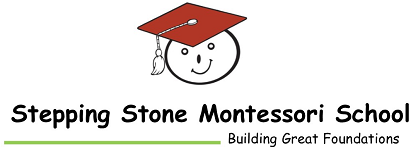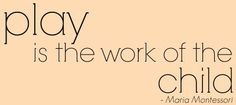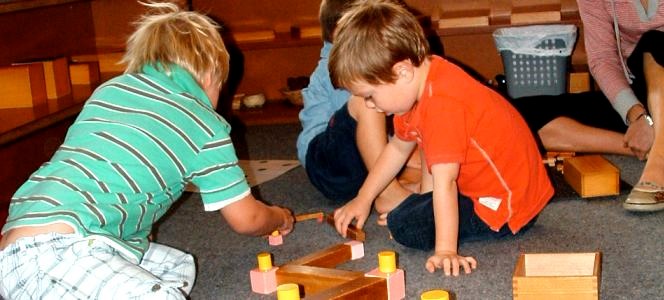It is a given that anything that has been around for as long as the Montessori Method (over 108 years now) that it will at times be misunderstood, miscommunicated, criticized and poorly defined. And so, over the years, many things have been said about the approach to developmental education that Dr. Maria Montessori pioneered in 1907 which mischaracterize her work and vision: it is too rigid, it is unstructured, there is no room for play, it is only for some kinds of children, there is no creativity in Montessori, and so on.
Let us look at why these things are said and address a few of them specifically so as to bring reason to these myths, because that is what they are.
There is a perfectly good reason for myths like the above evolving. Montessori is a complex system. With any complex system you are going to have nuances that escape easy identification and misunderstandings as to what the system actually is and how it operates. If you look at an isolated aspect of the Montessori system you can very easily come away with a misunderstanding.
Let’s take the example/myth of Montessori being unstructured/chaotic. If you focus on the fact that children are free to choose their own work, that there isn’t a fixed schedule for the activity the children engage in, etc, then you can think of it as unstructured. But if you understand that there is “freedom within limits” in Montessori, that there is structure at a higher level, then you begin to see the structure that is actually present. Also, most fully implemented Montessori environments are far calmer and smoother-operating than what is found in traditional early learning centers, pre-schools, day care centers, etc- the very places that are supposedly highly structured.
Creativity is a critical aspect of development. Montessori embraces creativity in a very meaningful way. However, what most people think of as creativity amounts to letting children engage in actually mindless, undirected activities. Or, the activities are so adult-controlled that there is actually no creativity in the process. Look at what passes for creativity in traditional early learning centers, pre-schools, day care centers: mostly it’s some form of what I call a “let’s all make one of these” crafts. The adult shows a finished product, tells the children that “we’re going to make this”, hands out the materials, walks them through what to put where, and ensures that their finished craft looks pretty close to the model. This is a guided activity with no actual input from the child: the initial idea/vision was the adults and the steps are all guided by the adult. Nothing is open-ended, nothing engages the child’s mind. Yet, the children all go home at the end of the day waving the craft and parents celebrate it and are thrilled with the creativity experience that day.
In a Montessori school you will see children with access to materials to make what they wish. And it doesn’t have to be “a something”. It can be an arrangement of shapes if that’s what they want and what they are capable of. Children regularly engage with pattern-making and design creation with materials that are not permanent, so no record is left. Yet, the child experienced a highly creative process.
We could explore every myth about Montessori that exists. In the end, Montessori education is not traditional education. It is not day care, nor preschool. Montessori schools offer to children a developmentally appropriate environment which meets ALL of their needs.


